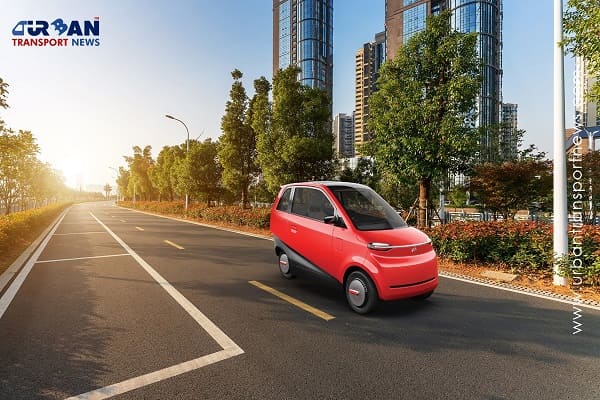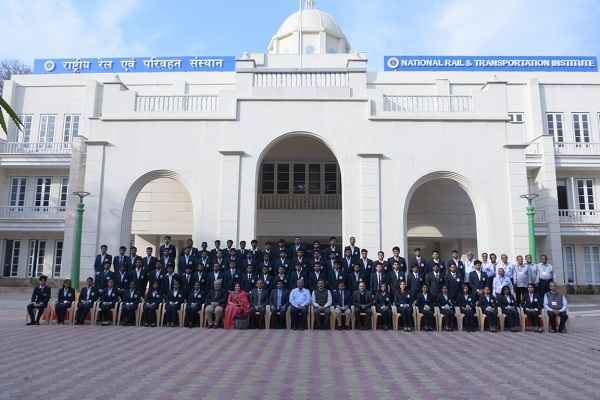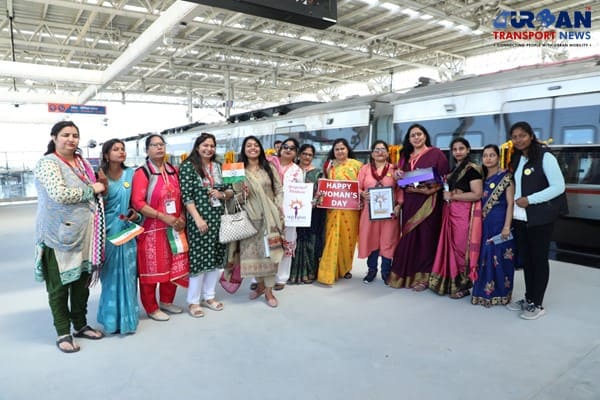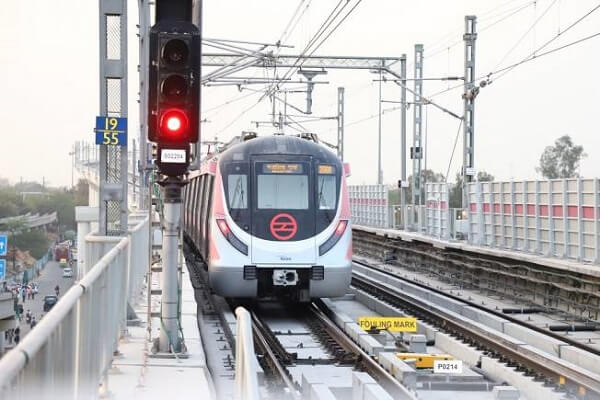 Behind Closed Doors: Corruption Uncovered in Delhi Metro's Top Management
Behind Closed Doors: Corruption Uncovered in Delhi Metro's Top Management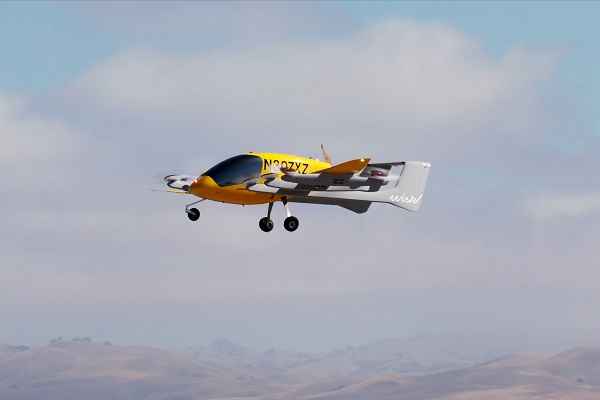 IndiGo to launch Urban Electric Air Taxis between Delhi to Gurugram
IndiGo to launch Urban Electric Air Taxis between Delhi to Gurugram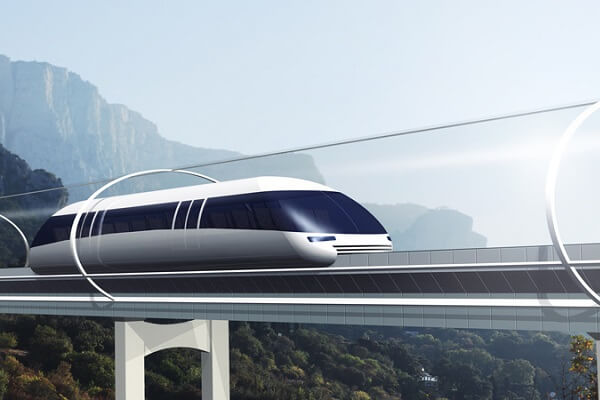 Swisspod secures Strategic Investment to advance the Hyperloop Transportation
Swisspod secures Strategic Investment to advance the Hyperloop Transportation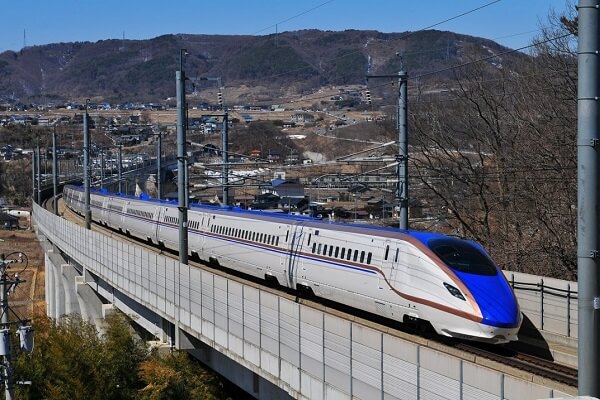 Siemens Mobility revolutionizes Copenhagen's S-bane Network with Driverless Technology
Siemens Mobility revolutionizes Copenhagen's S-bane Network with Driverless Technology Unlocking prosperity between India and Myanmar: The Kaladan Multi-Modal Transit Project
Unlocking prosperity between India and Myanmar: The Kaladan Multi-Modal Transit Project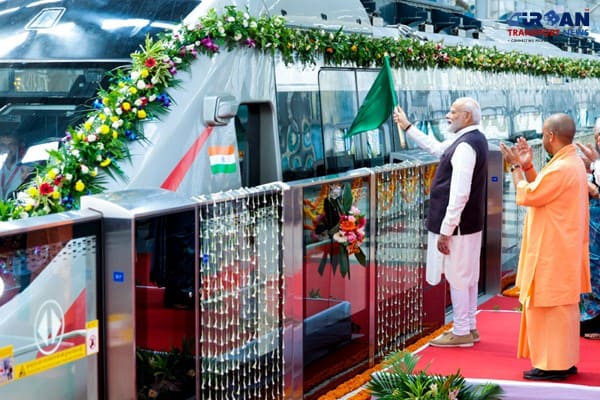 Is the RRTS Truly Accessible to the Common Man or Only the Privileged?
Is the RRTS Truly Accessible to the Common Man or Only the Privileged?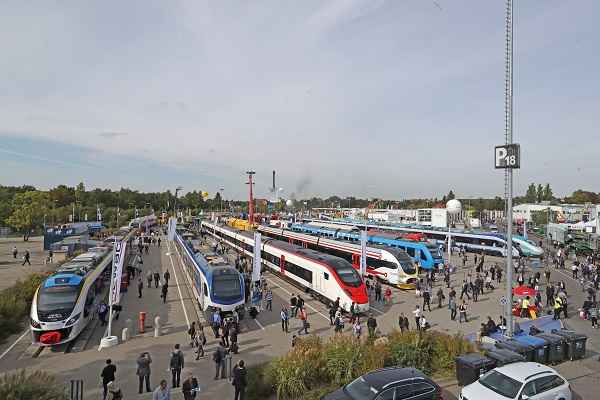 Alstom sold its Rail Signalling Technology Business to Knorr-Bremse for €630 million
Alstom sold its Rail Signalling Technology Business to Knorr-Bremse for €630 million Vensa Infrastructure wins ₹412.58 crore civil contract for Hisar Airport
Vensa Infrastructure wins ₹412.58 crore civil contract for Hisar Airport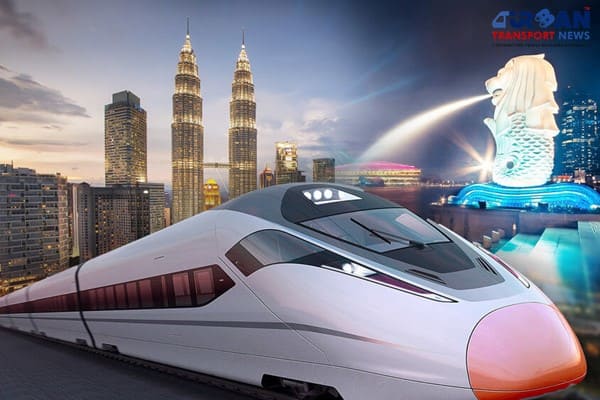 Kuala Lumpur-Singapore high-speed rail project cost could be slashed to RM70 Billion
Kuala Lumpur-Singapore high-speed rail project cost could be slashed to RM70 Billion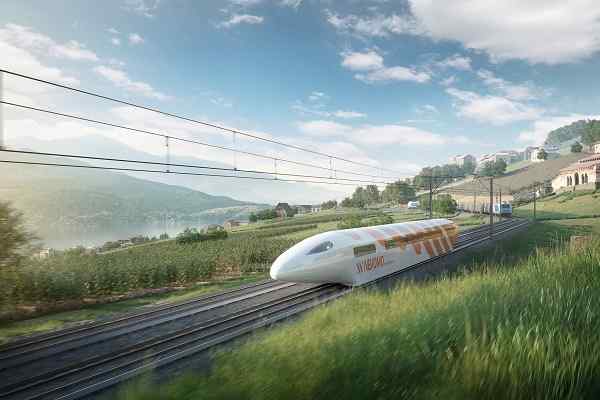 Nevomo's MagRail Technology Selected for Hyperloop Freight Demonstrator
Nevomo's MagRail Technology Selected for Hyperloop Freight Demonstrator
WRI India to find solutions to improve last mile connectivity in Bengaluru
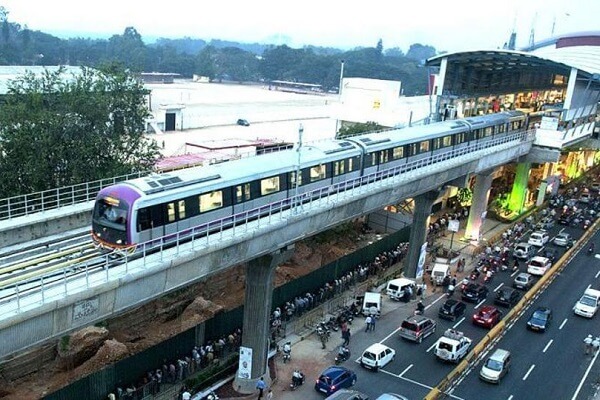
Bengaluru, India (Urban Transport News): With the aims to reduce traffic congestion and improve last mile connectivity in Bengaluru, the World Resources Institute (WRI), India, is conducting research and survey to see how BMTC bus services can be reorganised around Bangalore Metro corridors so both can complement each other rather than engaging in a competition.
“We regularly engage with Bangalore Metro Rail Corporation Limited (BMRCL) and Bangalore Metropolitan Transport Corporation (BMTC) for a variety of transport research projects. We are engaging with BMTC and BMRCL to explore the impact of expanding the Metro on bus ridership in the city,” said Sudeept Maiti, Associate Director, Transport, WRI India.
“Our goal is to get more people to use public transportation in the most efficient manner. There is immense potential for both bus and Metro to expand across the city in tandem, while also ensuring limited duplication of their services. We are currently conducting research to see how bus services can be reorganised around Metro lines so both can be complementary,” he added.
“Previously, there was a fairly limited understanding of how far commuters travelled to and from the Metro. While travelling 3-5 km was considered the norm, data from the STAMP pilots showed us that how much time commuters spent on last-mile travel was a stronger influence. Commuters do not mind travelling far (between 8-10 km) to and from the Metro if they have access to reliable and frequent last-mile services that do not exceed 30 minutes,” he said.
Maiti also opined that the new age start-ups in electric vehicles (EVs), Artificial Intelligence (AI) and Machine Learning (MI) through their innovative and tech-based solutions can contribute by collaborating with the public institutes to roll out end-to-end transit roadmap for the masses in the metropolitan cities.
“Electric vehicles are a high priority for the Indian government currently, and advancements in EV technology will be critical to reducing tailpipe emissions. Public transport is getting more data-intensive. Harnessing all this data will be the next challenge for transport operators. We are seeing large volumes of increasingly complex datasets come in but this data needs to be used optimally. Going forward, AI and ML will play an important role in making sense of this data. Beyond this, AI and ML can help pick out patterns in how commuters travel. These insights can help operators deploy their services in a way that serves public transport users better,” he explained.
According to him, one of the major grievances which the people have in using public transport is the long waiting period for the BMTC buses. Maiti said that providing real time information to the commuters will address the gap.
“Reliable services are the most important when planning last-mile connectivity. Providing real-time information to commuters will address that gap. BMTC is working to address this but it will take some time to become visible before we see any results across the entire city. When you are planning for last-mile services to the Metro, you need to ensure that those services are frequent. Otherwise, transit agencies will lose the reliability factor,” he further elaborated.
Maiti said that it is important to understand the number of commuters travelling on a particular route in an hour. “What is needed more in last-mile planning is understanding the number of people that travel on a particular route in an hour. Several last-mile routes in Bengaluru may not have enough passengers travelling to allow BMTC to run a high-frequency service viably with their existing bus capacity of 30-40 seats. In this case, two potential solutions emerge. In some cases, bus services that operate close to a Metro station can be slightly rerouted towards the station, providing reliable and frequent last-mile connectivity, while improving ridership and revenue for BMTC. In other cases, demand may be too low for a bus to operate as a feeder service. In such cases, smaller shared vehicles can be used,” he said.
A few years ago, Toyota Mobility Foundation and WRI India had started a multi-city initiative called the Station and Mobility Program (STAMP). Its first edition was conducted in Bengaluru in 2017. It was a first-of-its-kind platform that brought together start-ups and government stakeholders to improve access to the Metro.





